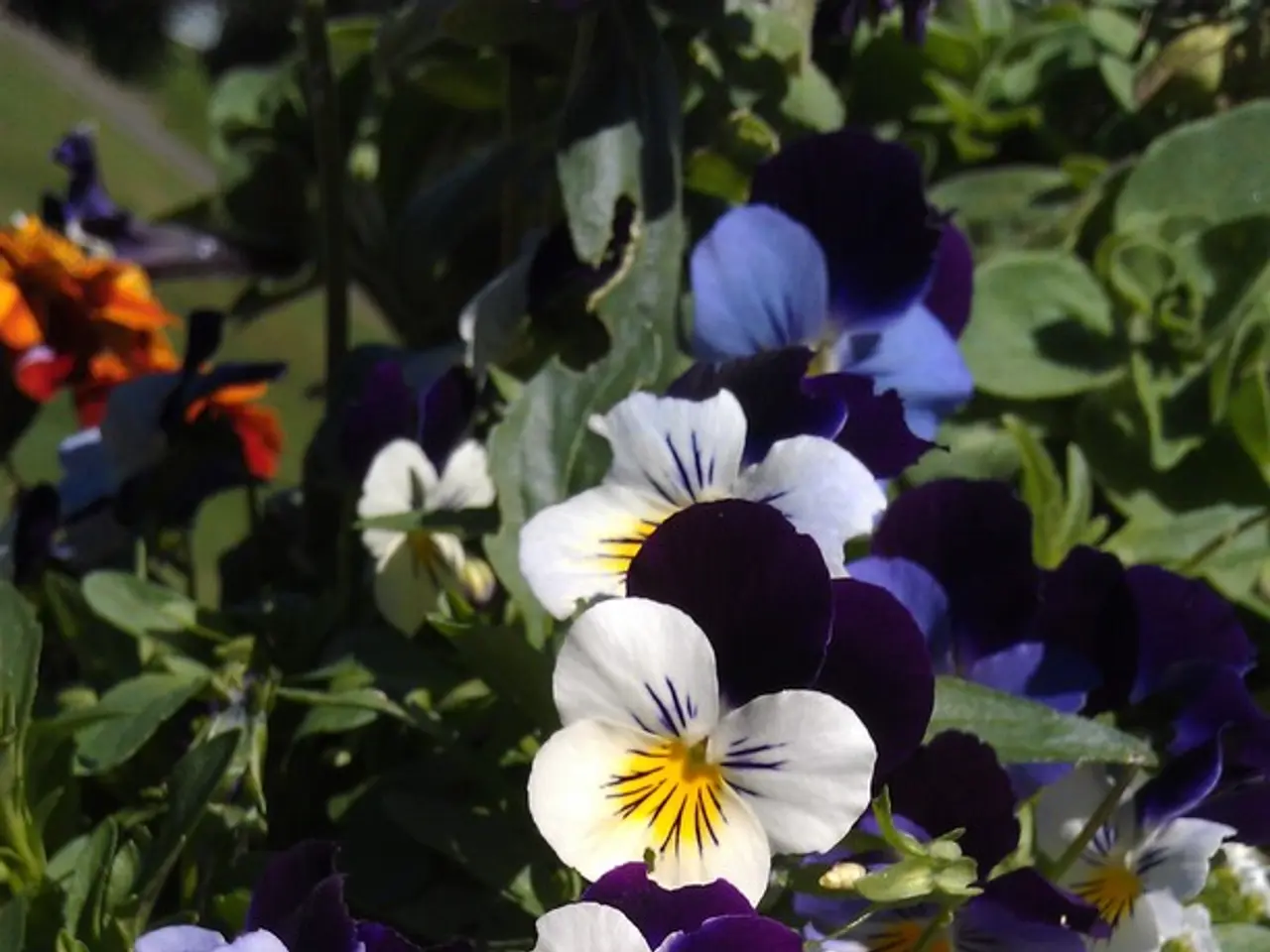Agapanthus Flowering Problems: Insights Gleaned from Decades of Expert Gardenership
In the world of gardening, few plants captivate the eye as much as the Agapanthus, often known as the African lily or Lily of the Nile. These hardy, vibrant blooms are native to the Cape of South Africa and thrive in a variety of conditions, making them a popular choice for gardeners across the globe. To ensure maximum flowering in your Agapanthus plants, follow these simple steps.
Firstly, Agapanthus require direct sunlight for at least six hours of the day to flower well. Place them in a location where they can bask in the sun's rays, ideally in full sun.
Secondly, maintain consistently moist but well-drained soil, especially during bud formation (March to May), avoiding drought stress, which can prevent flowering. Deep watering is recommended, especially for those plants grown in pots, to ensure the soil remains moist without becoming waterlogged.
Thirdly, regular fertilization through spring and summer is crucial for promoting abundant blooms. A high-potash fertilizer, such as a tomato feed, every three weeks until about August, is recommended. For potted Agapanthus, using a high-potash feed is particularly important. Look for a plant fertilizer with a high third number (e.g., 5-5-10 or 3-3-5).
Deadheading spent flowers by removing flower stalks once the petals fall but before green seed pods develop, is also essential. This practice helps the plant focus on flower bud formation rather than seed production, encouraging more flowering next season.
When replanting divided Agapanthus, avoid overly spacious containers to encourage blooms. The best time to lift and transplant Agapanthus is in early spring, sometime during March or April.
Agapanthus are hardy down to zone 7 or zone 8, making them suitable for a wide range of climates. However, they can be reluctant to bloom if subjected to drought conditions after flowering, and long, dry spells during bud formation can cause them to give up on flowering altogether.
There are many popular varieties of Agapanthus, with both blue and white flower varieties available. Some popular blue varieties include 'Evening Star' and 'Dawn Star', while popular white varieties include 'Albatross' and 'Northern Star'.
In some cases, Agapanthus may have an off-season, producing only lush green blades without a flower stem. If this happens, don't worry—with the right care, your Agapanthus will likely bloom again the following year.
Lastly, Agapanthus can sometimes grow weak and extended in shade, so it's best to find them a sunny spot in your garden. By following these steps, you can promote healthy growth and reliable, prolific flowering in your Agapanthus plants.
- To maintain prolific flowering in your Agapanthus plants, not only should you follow the previously mentioned steps about sunlight, soil, fertilization, and deadheading, but also ensure they have a sunny location in your home-and-garden lifestyle, as Agapanthus can sometimes grow weak and extended in shade.
- When selecting Agapanthus varieties for your home-and-garden, consider popular options such as 'Evening Star' and 'Dawn Star' for blue flowers or 'Albatross' and 'Northern Star' for white flowers, as they will thrive in most lifestyles, providing vibrant blooms that captivate the eye.





